10 Best Herbal Decoctions For Ovulation Pain
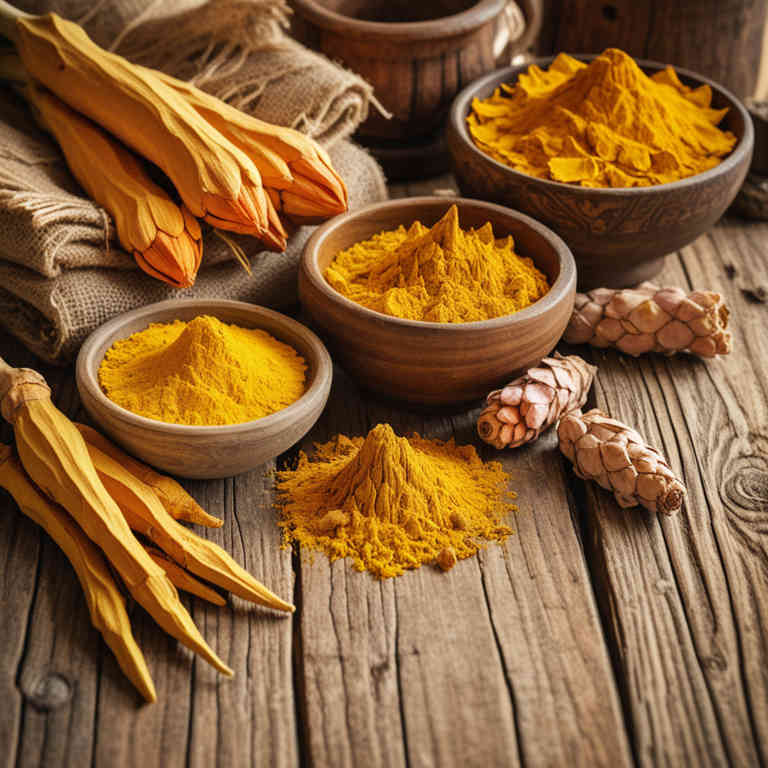
Herbal decoctions have been traditionally used to support ovulation and alleviate associated pain by promoting hormonal balance and uterine health.
Common herbs such as ginger, chasteberry, and cramp bark are often included in these decoctions for their anti-inflammatory and muscle-relaxing properties. These herbal preparations work by improving blood flow to the reproductive organs and reducing uterine contractions, which can ease the discomfort of ovulation pain. However, it is important to consult with a qualified herbalist or healthcare provider before use, as some herbs may interact with medications or have side effects.
While herbal decoctions can be a natural complement to conventional treatments, they should not replace medical advice or professional care.
FREE Herb Drying Checklist
How to make sure every batch retains maximum flavor, color, and aroma without the risk of mold or over-drying. Eliminate guesswork and trial-and-error, making herb drying faster, easier, and more efficient every time.
Table of Contents
1. Vitex agnus-castus
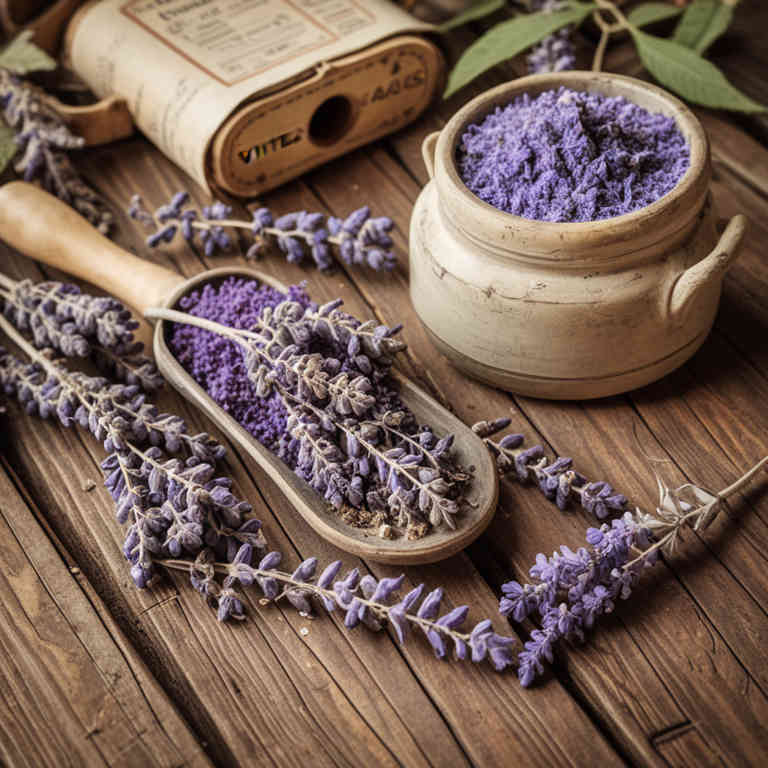
Vitex agnus-castus, commonly known as chasteberry, is often used in herbal decoctions to support hormonal balance and may help alleviate symptoms associated with ovulation pain.
The herb is believed to influence the hypothalamus and pituitary gland, potentially regulating menstrual cycles and reducing the intensity of mittelschmerz, the sharp pain some women experience during ovulation. When prepared as a decoction, vitex is typically simmered in water for several hours to extract its active compounds, which include flavonoids and iridoids. While some studies suggest it may help with menstrual irregularities, it is important to consult a healthcare provider before using it, especially for those with existing medical conditions or taking other medications.
Overall, vitex agnus-castus herbal decoctions are a popular complementary therapy for managing ovulation-related discomfort, though their effectiveness can vary among individuals.
2. Cimicifuga racemosa
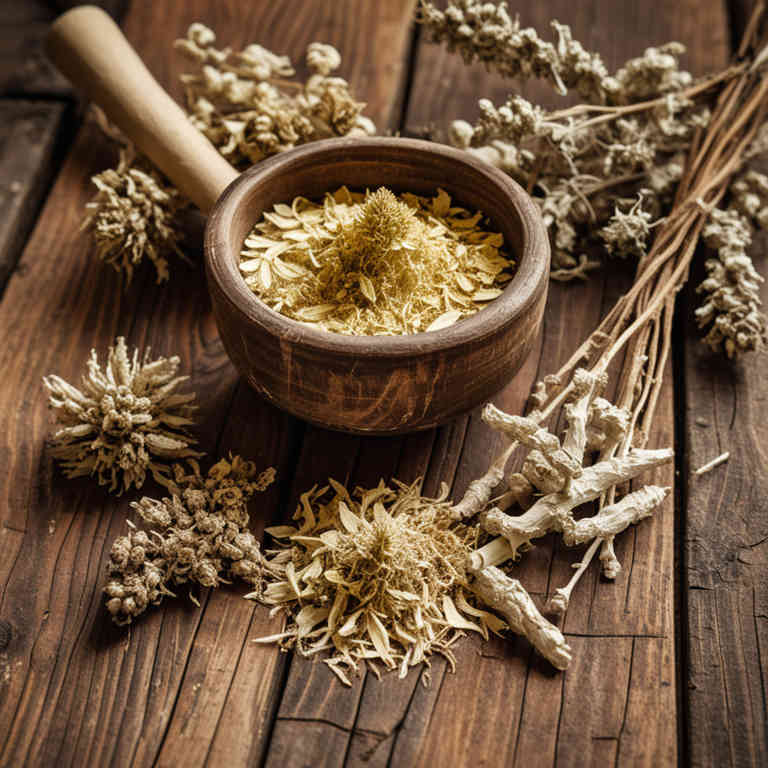
Cimicifuga racemosa, commonly known as black cohosh, is a herbal remedy that has been traditionally used to alleviate symptoms associated with menopause and menstrual disorders.
Herbal decoctions of Cimicifuga racemosa are often prepared by boiling the dried root in water to extract its active compounds, which may help reduce inflammation and ease hormonal imbalances. Some studies suggest that this herb may help manage ovulation pain, also known as mittelschmerz, by modulating prostaglandin activity and reducing uterine contractions. However, it is important to consult with a healthcare provider before using this herb, as it may interact with other medications and is not recommended for pregnant or breastfeeding women.
While it shows promise as a complementary therapy, more clinical research is needed to fully understand its efficacy and safety for treating ovulation pain.
3. Curcuma longa
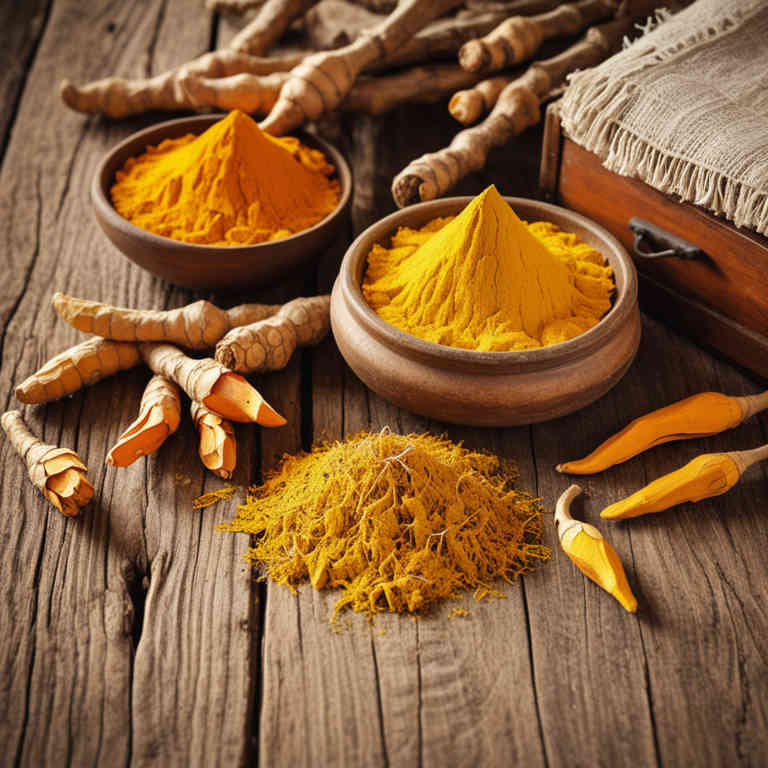
Curcuma longa, commonly known as turmeric, has been traditionally used in herbal medicine for its anti-inflammatory and analgesic properties.
Herbal decoctions made from curcuma longa may help alleviate ovulation pain, also known as mittelschmerz, by reducing uterine inflammation and muscle spasms. The active compound curcumin in turmeric is believed to modulate pain pathways and inhibit inflammatory mediators in the body. While some studies suggest potential benefits, more research is needed to confirm its efficacy and optimal dosing for menstrual and ovulatory discomfort.
As with any herbal remedy, it is advisable to consult a healthcare provider before use, especially for individuals with existing health conditions or those taking medications.
4. Urtica dioica
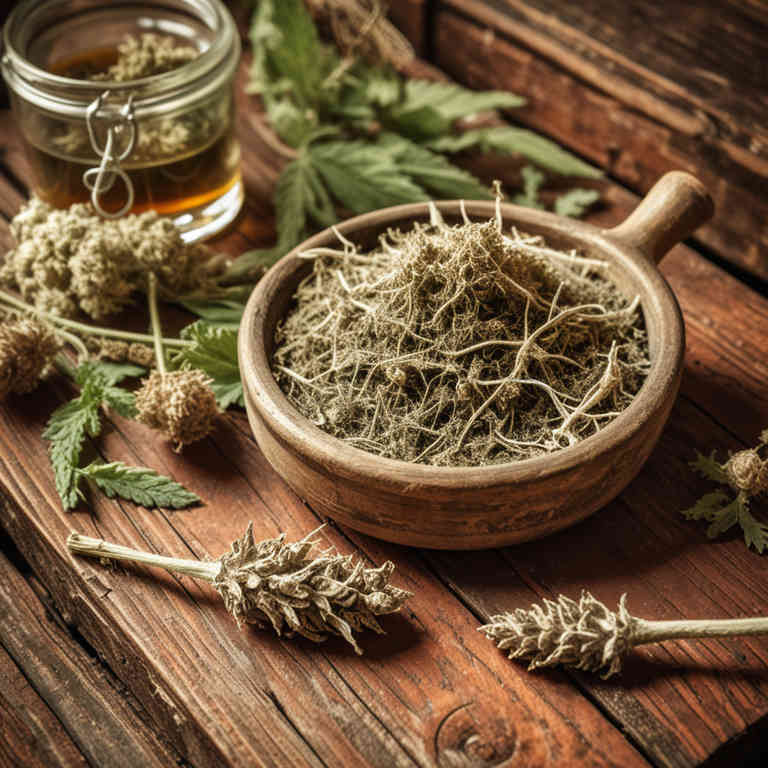
Urtica dioica, commonly known as stinging nettle, has been traditionally used in herbal medicine for its potential benefits in supporting reproductive health.
A decoction of Urtica dioica involves boiling the leaves and roots to extract their medicinal properties, which may help alleviate symptoms associated with ovulation pain. This herb is believed to have anti-inflammatory and analgesic properties that can reduce discomfort during the menstrual cycle. Some studies suggest that stinging nettle may help regulate hormonal balance, potentially easing the intensity of ovulation-related pain.
However, it is important to consult with a healthcare provider before using Urtica dioica, especially for those with existing health conditions or taking other medications.
5. Nymphaea alba
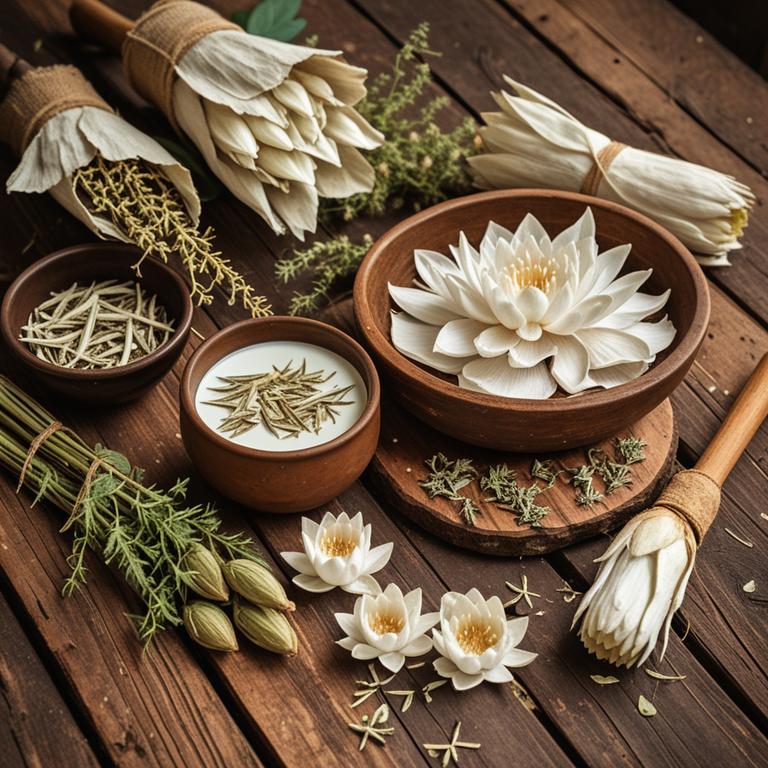
Nymphaea alba, commonly known as the white water lily, has been traditionally used in herbal medicine for its potential soothing properties.
Herbal decoctions made from Nymphaea alba may help alleviate ovulation pain due to their anti-inflammatory and analgesic effects. The roots and leaves of this plant are often boiled to extract compounds that can reduce uterine cramping and discomfort. While more research is needed to confirm its efficacy, some women use this herbal remedy as a natural alternative to conventional pain relief methods.
It is important to consult with a healthcare provider before using Nymphaea alba to ensure safety and appropriateness for individual health conditions.
6. Rosa canina

Rosa canina, commonly known as dog rose, has been traditionally used in herbal medicine for its potential benefits in women's health, including support for menstrual health and ovulation.
Herbal decoctions made from Rosa canina flowers and hips are often prepared by simmering the dried parts in water, creating a soothing and nourishing tea. Some herbal practitioners suggest that Rosa canina may help alleviate ovulation pain due to its anti-inflammatory and antioxidant properties, which can reduce uterine irritation and discomfort. However, it is important to note that while some women report relief from using Rosa canina, scientific evidence supporting its efficacy for ovulation pain is limited.
As with any herbal remedy, it is advisable to consult with a healthcare provider before incorporating it into a treatment plan, especially for those with existing health conditions or who are pregnant.
7. Sanguisorba officinalis

Sanguisorba officinalis, commonly known as rosebay willowherb, has been traditionally used in herbal medicine for its anti-inflammatory and analgesic properties.
Herbal decoctions made from Sanguisorba officinalis are believed to help alleviate the discomfort associated with ovulation pain, also known as mittleschmerz, by reducing uterine inflammation and spasms. The plant contains compounds such as flavonoids and tannins, which may contribute to its soothing effects on the reproductive system. When prepared as a decoction, Sanguisorba officinalis is typically consumed in small doses to support menstrual cycle regulation and ease pelvic discomfort.
However, it is important to consult with a qualified herbalist or healthcare provider before using this herb, especially for individuals with pre-existing medical conditions or those taking other medications.
8. Zingiber officinale
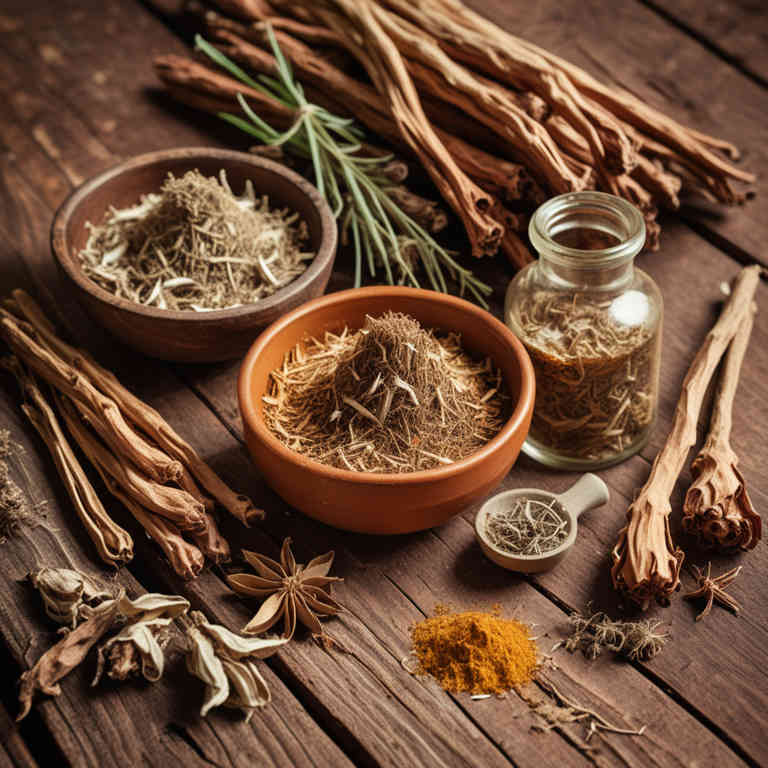
Zingiber officinale, commonly known as ginger, has been traditionally used in herbal medicine for its anti-inflammatory and analgesic properties.
When prepared as a decoction, ginger can help alleviate the discomfort associated with ovulation pain by reducing uterine inflammation and easing cramping. The active compounds in ginger, such as gingerol and shogaol, are believed to support hormonal balance and improve blood circulation, which may reduce the intensity of menstrual-related pain. To prepare a ginger decoction, fresh ginger root is sliced and simmered in water for several minutes, then strained and consumed warm.
While ginger is generally safe for most people, it is advisable to consult a healthcare provider before using it, especially for those with gastrointestinal issues or on medication.
9. Cyperus rotundus
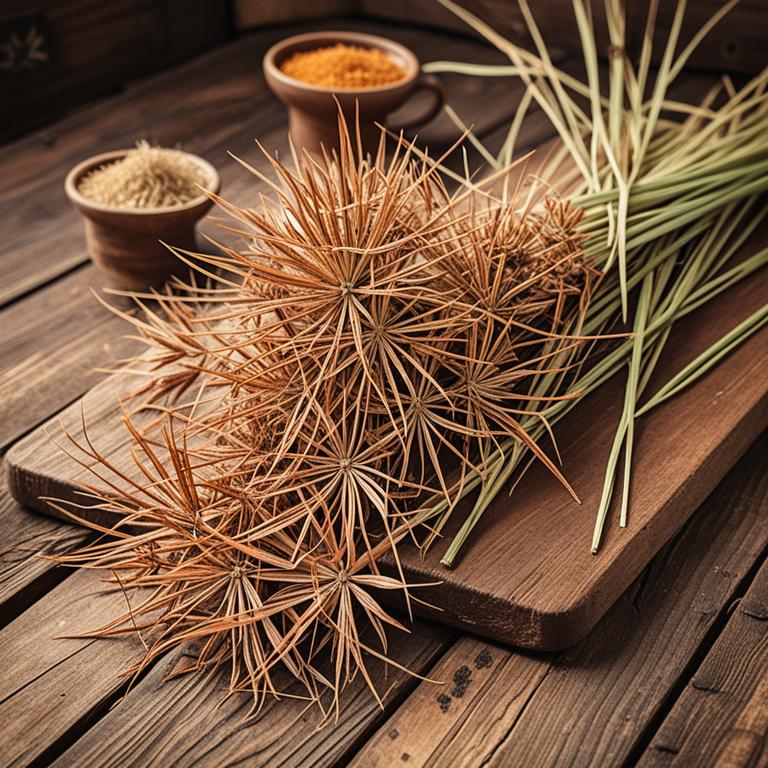
Cyperus rotundus, commonly known as mudgrass or nutsedge, has been traditionally used in herbal medicine for its potential therapeutic effects.
Herbal decoctions made from Cyperus rotundus are believed to possess anti-inflammatory and analgesic properties that may help alleviate ovulation pain, also known as mittelschmerz. The active compounds in the plant, such as flavonoids and alkaloids, are thought to contribute to its ability to reduce uterine contractions and inflammation. While some studies suggest its efficacy in managing menstrual discomfort, more scientific research is needed to fully understand its mechanisms and safety.
As with any herbal remedy, it is advisable to consult a healthcare professional before use, especially for individuals with underlying health conditions or those taking other medications.
10. Salvia officinalis
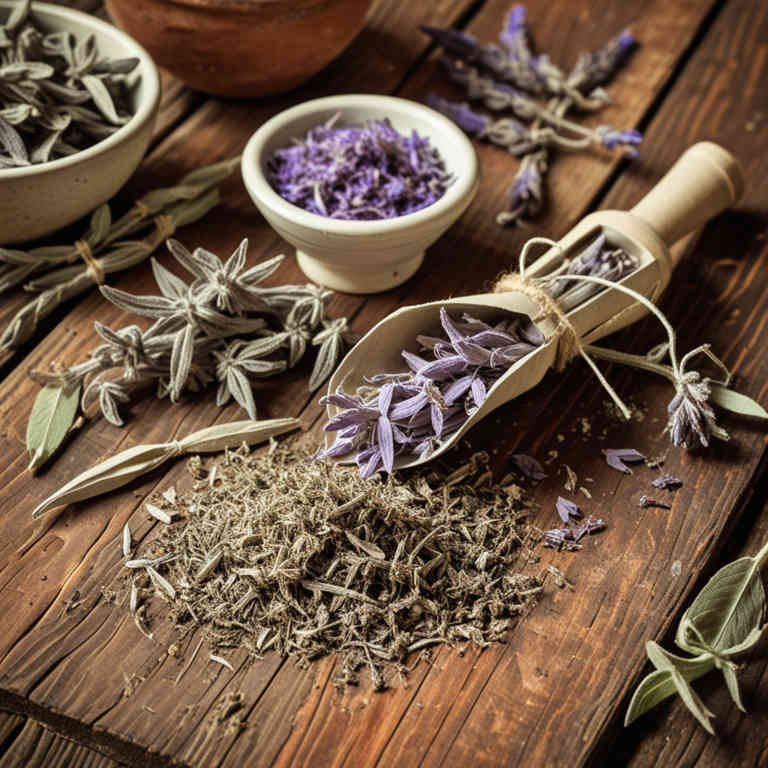
Salvia officinalis, commonly known as sage, has been traditionally used in herbal medicine for its potential therapeutic effects on women's health.
Herbal decoctions made from salvia officinalis may help alleviate symptoms associated with ovulation pain, such as cramping and discomfort, due to its anti-inflammatory and antispasmodic properties. The active compounds in sage, including flavonoids and essential oils, are believed to support hormonal balance and reduce uterine contractions. However, while some studies suggest possible benefits, more research is needed to fully understand its efficacy and safety for this specific use.
As with any herbal remedy, it is important to consult a healthcare provider before using salvia officinalis, especially for those with underlying medical conditions or taking other medications.